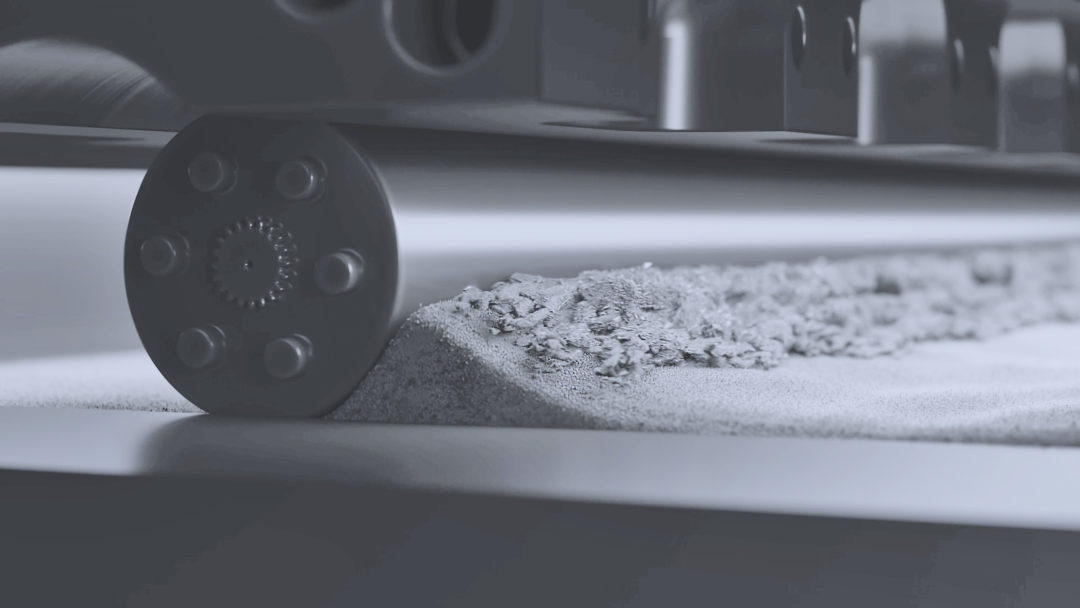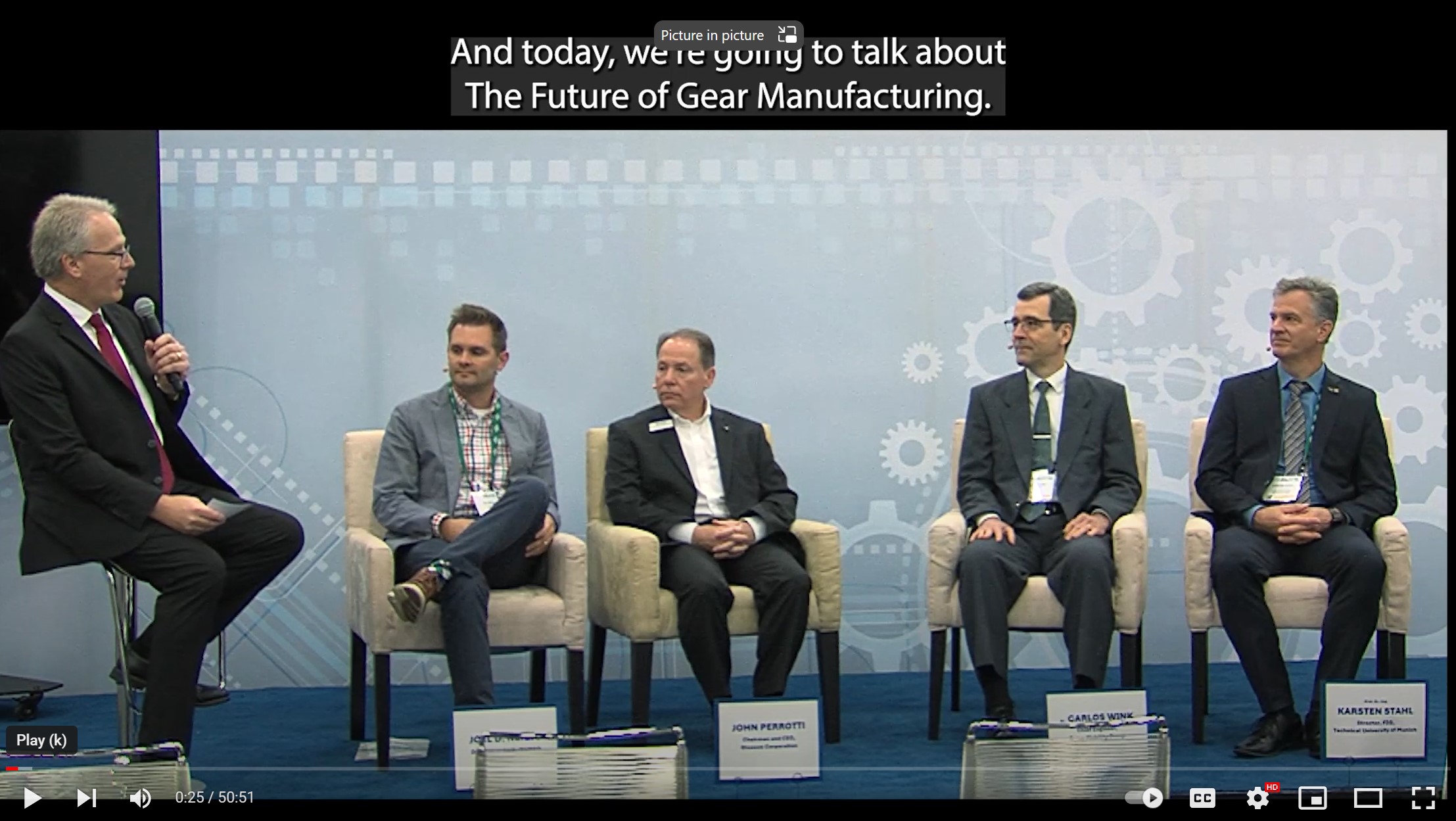New Research from AMGTA Demonstrates Sustainable Benefits of Binder Jet 3D Printing

The Additive Manufacturer Green Trade Association (AMGTA), a global advocacy group focused on promoting sustainable additive manufacturing (AM) industry practices, announced today the preliminary results of a life-cycle analysis study titled “Comparative Life-Cycle Assessment: Comparison of Casting vs Binder Jetting for an Industrial Part.” The study, commissioned by the AMGTA and conducted by the Yale School of the Environment (YSE) in partnership with Desktop Metal, a global leader in AM technologies for mass production, and Trane Technologies, a global climate innovator, analyzed a steel scroll chiller in an HVAC system from Trane to determine the comparative manufacturing impact of binder jet 3D printing versus traditional metal casting. The preliminary results confirmed a dramatic 38 percent reduction in greenhouse gas (GHG) emissions through the binder jetting process primarily driven by reduced energy demand during the production phase.
“Prior to this project, uncertainty about the life cycle emissions of binder jetting versus conventional manufacturing approaches was a barrier to AM adoption,” said Kevin Klug, Lead Additive Manufacturing Engineer for Trane Technologies. “With the results of this study, Trane Technologies is in a better position to comprehensively consider AM's cost, productivity, and environmental impact earlier in a product's design cycle, when risk is lowest, and the potential benefits are highest.”
Key takeaways from the study include:
- Significant Reduction in Greenhouse Gas Emissions. The additive process showed a 38 percent reduction in greenhouse gas emissions based on binder jetting as compared to traditional casting for the parts studied.
- Importance of Energy Mix. Similar to previous findings, the study found that the manufacturing facility’s energy mix at the location of generation, and whether that energy grid was produced using sustainable means, had a significant impact on GHG emissions.
- Negligible Value of Redesign for Lightweighting. The study found that the potential benefits of redesigning the scroll chiller for lightweighting using a lattice-type structure were insignificant with respect to GHG emissions. The overall dimensions of the parts being produced, and the efficient use of print volumes, played a much more important factor than lightweighting. Lightweighting may provide environmental benefits in the use phase which is not included in this study.
- Material Production Impacts. While this study showed the environmental impacts of source powder production were approximately twice that for casting steel, such an increase represented a small portion of overall GHG emissions and did not play a significant role in the overall findings.
- Overall, Binder Jetting Produced a More Sustainable Part. The dramatic reduction of GHG emissions from energy demand by binder jetting versus traditional manufacturing was by far the most important finding of the YSE study.
“The release of these findings is significant for the AM industry and for companies in the broader manufacturing sector who are looking for more sustainable production methods,” said Sherri Monroe, the AMGTA’s Executive Director. “With this study, we are able to quantify the reduced energy demand of binder jetting versus traditional casting while possibly providing some surprises in the negligible impact offered by lightweighting in this specific use case.”
One of the drivers behind double-digit annual growth in additive manufacturing over the past decade has been the adoption of binder jetting across multiple industries, driven by cost advantages, large-volume production, and the potential for sustainability gains.
“We’re delighted to have another piece of independent, third-party research that validates how binder jetting is a greener approach to metal part production,” said Jonah Myerberg, Chief Technology Officer, Desktop Metal. “Harmful emissions from traditional metal manufacturing need to be lowered with innovative technology approaches, but manufacturers need sound data—not greenwashing—to make good choices about how they produce their metal products. This new study from Yale, Trane Technologies, and AMGTA demonstrates what our team at Desktop Metal has long believed based on our hands-on experience: binder jetting is a greener way to manufacture metal parts.”
The two-year YSE study analyzed the cradle-to-gate manufacturing life cycle of a scroll set comprised of a fixed scroll and orbiting scroll manufactured by Trane Technologies as part of an HVAC system. The AMGTA commissioned the study in 2021 to better understand the potential for binder jetting to replace traditional sand casting as a more sustainable method of production. The study evaluated a traditional casting process followed by machining, plating, and finishing steps in Mexico. The same scroll set design was evaluated through an additive binder jetting process of 3D printing, curing, and sintering followed by the same plating and finishing steps in the same location in Mexico.
The results of the study showed a 38% reduction in GHG emissions for the additive manufacturing process as compared to the traditional casting-based method. Due to the nature of the binder jetting, YSE’s researchers concluded that a redesign for lightweighting via a lattice-type structure may not necessarily lead to additional reductions in GHG emissions, primarily because the majority of electricity consumed related to printing, curing, and sintering steps would not be impacted by lattice-type structures. The analysis suggests a 10% mass reduction in the scroll set would lead to a 1 percent reduction in GHG emissions.
Lifecycle GHG emissions were significantly impacted by the local energy mix at the site of production. For this study, both the traditionally manufactured part set and the additively manufactured part set were evaluated at the same location with the same energy mix. Researchers also evaluated additional potential production locations and their corresponding energy mixes. The findings indicate that such sensitivity to the grid “cleanness” needs to be considered when comparing AM with traditional processes to ensure a valid conclusion. While production in a more sustainable energy location provides environmental benefits for both production processes, the difference in environmental impacts between the methods diminishes as the energy mix becomes more “green.” Production volumes also play a significant role in GHG emissions of additive manufacturing, especially for less efficient use of build volumes and small batch operations.
“Trane Technologies is committed to boldly challenging what's possible for a sustainable world,” added Kevin Klug. “That includes designing advanced climate control solutions that can be manufactured and operated with reduced environmental impact. Metal additive manufacturing (AM) will become an increasingly viable tool in that pursuit, and binder jetting's comparably higher speed and lower cost among AM technologies make it particularly promising for manufacturing HVAC components at relevant production volumes.”
“This study in collaboration with Desktop Metal is a clear win for manufacturers like Trane which are exploring more sustainable manufacturing options. Binder jetting is a proven technology with clear and quantifiable advantages over traditional methods,” Sherri Monroe said. “We appreciate Trane’s leadership in pursuing more sustainable practices, their participation in this study, their willingness to share their processes and data, and interest in sharing this information with the broader manufacturing community.”
Highlights from the study can be found on the AMGTA’s website, with full results expected to be published in early 2024 following a peer review process. The AMGTA says it expects to publish additional independent research throughout 2023. Additional information on this study and others conducted by the AMGTA can be found on the AMGTA website.





